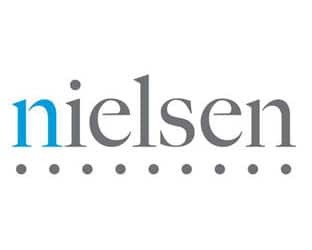With third-party “cookie depreciation,” there’s now greater emphasis on first party data. As such, Nielsen has unveiled a new approach to measuring authenticated and unauthenticated web traffic.
This will see Nielsen become the only platform to validate first party server data with real consumer behavior.
The move means Nielsen will eliminate its reliance on digital identifiers while ensuring that advertisers and publishers “can continue to measure confidently in a dynamic, privacy-first media environment.”
The result, says Nielsen, will allow it to become “the leading platform to validate first party server data with real consumer behavior.”
“If the industry has learned anything since the rise of cookies, it’s that digital media measurement must remain scalable, flexible and useful,” said Mainak Mazumdar, Chief Data Officer at Nielsen. “Nielsen’s new cookieless measurement approach will further position the company to deliver deduplication across linear and digital as part of Nielsen ONE. Our new approach to measuring authenticated and unauthenticated digital traffic will enable us to scale across channels and platforms to ensure a comprehensive view of success and uncover areas for optimization.”
In the new world order, digital traffic will ultimately move into two distinct categories for measurement following the deprecation of digital identifiers:
-
Authenticated: Traffic with identifiers on properties which have logged in environments or consented devices. To measure authenticated traffic, Nielsen will leverage all available identifiers and first-party data from participating clients, such as hashed email addresses, Unified ID 2.0 and select, verified self-reported demographic labels. This will ensure interoperability in the ad ecosystem, including with walled gardens, and simplify measurement for clients by reducing reliance on third parties.
-
Unauthenticated: Logged out traffic or traffic on properties that do not have logged in environments or where no alternative identifiers can be provided. To measure anonymous traffic, Nielsen has developed a machine learning technique with additional contextual data signals including time, browser, content and device information, as well as FLoC groups. The model is validated against the panel for accuracy. Demographics of unauthenticated behavior are also modeled and validated with panel observations for both representation and accuracy.
Late last year, Nielsen announced its ID Resolution System, which serves to unify the identity data that Nielsen receives in an interoperable way across the media ecosystem. As part of the Nielsen ID System, the Nielsen ID Graph is calibrated against and validated by Nielsen’s people-based panels.





